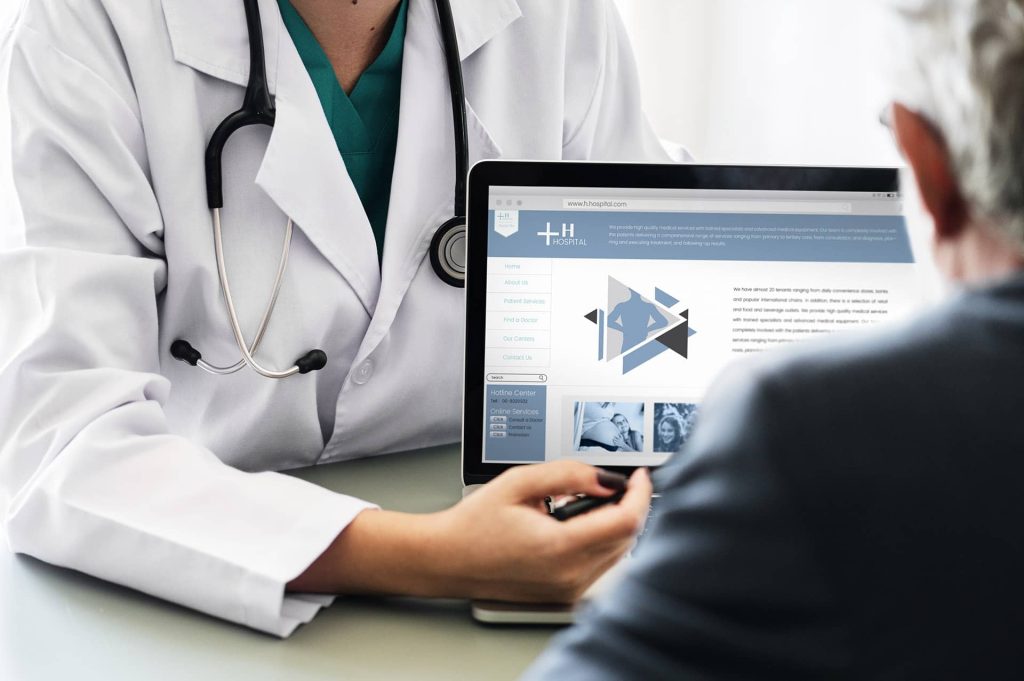Individually-tailored Patient Portals

Despite improvements in its diagnosis and treatment, lung cancer remains the leading cause of cancer-related deaths worldwide. The high degree of mortality associated with this cancer, and the spectrum of different treatment options (which themselves involve significant morbidity), creates a difficult situation in which a patient is faced with critical, if not life-changing decisions. In an effort to make informed decisions, many turn to the Internet to find information on their disease. However, the quality of information is variable; the information can be difficult for the layperson to comprehend; and patients can have considerable problems understanding how the information they find is specifically applicable to their individual circumstances.
The Retrieving Understandable Medical Information (RUMI) project aimed to create patient portals that tailored content given changes in the patient’s EHR over time. This work developed a framework to challenge how cancer patients receive information by making the process of care explicit to the patient, providing access to his/her medical record data in the direct context of a clinical guideline so they can see how decisions are made. The first step in our effort was the development of a comprehensive lung cancer knowledge and process model (LCKPM) that captures a clinical guideline and workflow. The LCKPM provides a foundation for connecting the patient’s medical record to decision points and actions that occur over time, detailing the criteria in making a selection and the supporting rationale. Different layers in the LCKPM organize information, which provide links: to public information resources helping explicate unfamiliar medical jargon and concepts; to questions (and answers) that are frequently fielded by healthcare providers managing lung cancer patients; and to more meaningful clinical episodes as experienced by the patient. Based on the LCKPM, RUMI automatically maps a patient’s medical record: free-text documents are analyzed via information extraction (IE) and natural language processing (NLP) methods, identifying key concepts and variables (e.g., as used in decisions). In parallel, we examined public web resources that provide consumer-level explanations and discussions of lung cancer; these sites were deconstructed into curated “knowledge” segments used in more directed presentations to a given individual. The knowledge segments explain medical concepts within a patient’s reports; and the terminology within the clinical guideline process flow. Collectively, these developments implement an individually-tailored web portal that helped visualize the patient’s personal experience over the disease trajectory using a simplified event-driven timeline.
